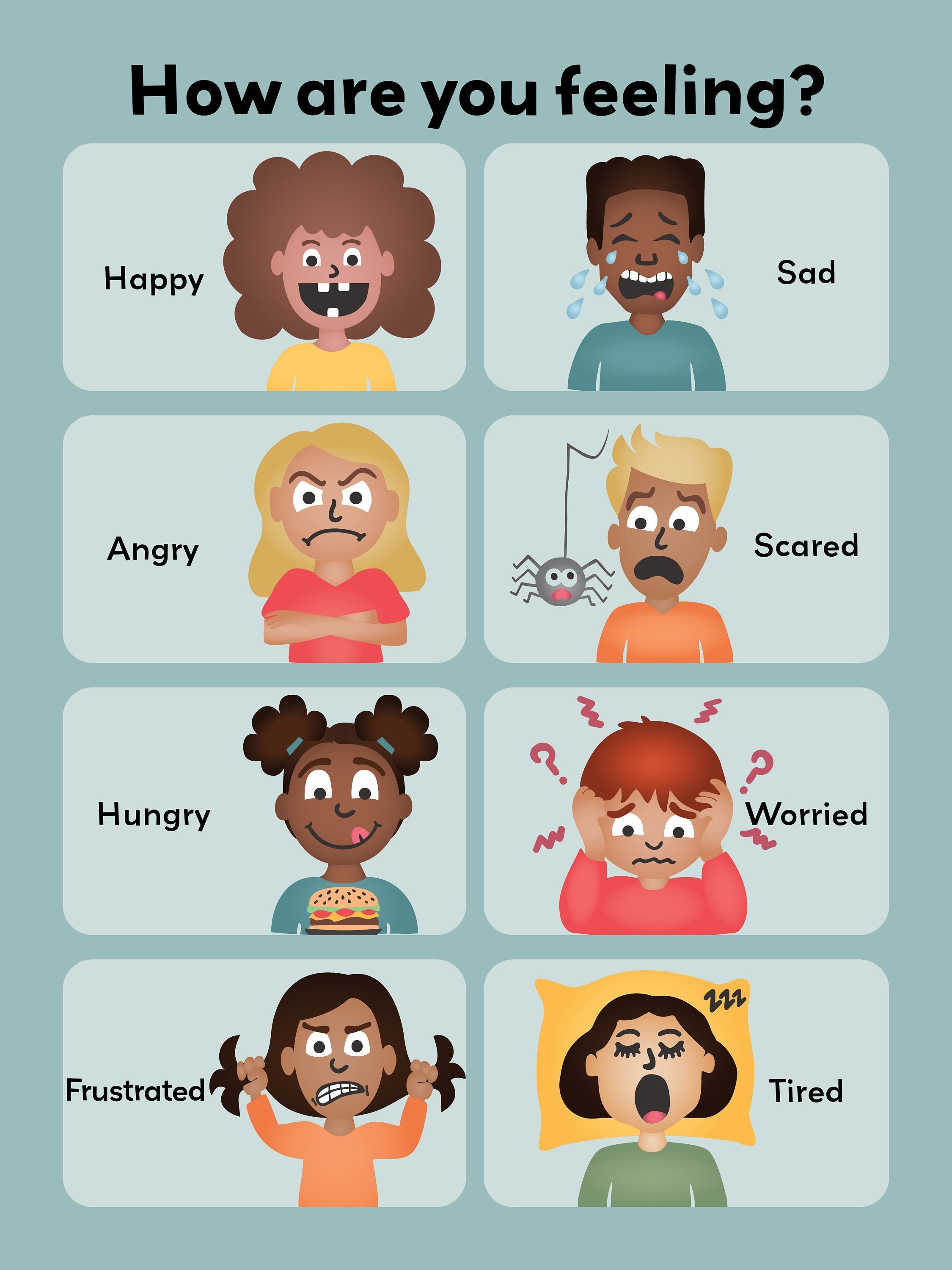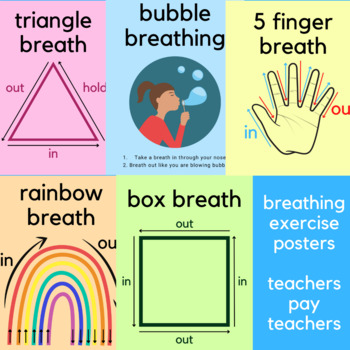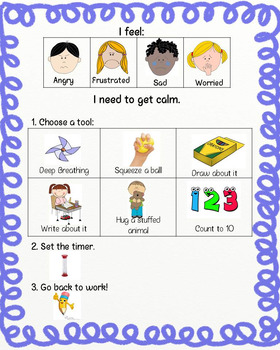While tweeting for my #EDUC502 class many tweets about began to show up on my feed about calm-down corners, here is one that served as inspiration for this blog. The use of calm-down corners seem to be popping up more and more in classrooms around my school building. The students' adjustment back to building from online learning has been accompanied by many behaviors. At all grade levels I have spoken with colleagues that have mentioned that they have noticed the increase of behaviors such as students being physical with one another and having outbursts during their class. I did not start the school year off with a calm-down corner in my classroom but hope to incorporate it by the start of the next marking period. After picking at many colleagues minds I have put together a few items and ideas I would like to include in mine. I have heard how successful these corners can be, although also it does bring up more questions on management. If you have a calm-down corner how do you use it in your class while keeping classroom management in mind? Also, how do you encourage your students to utilize the corner as a strategy and recognize on their own if they need it.







- Visuals: Visuals support students while in the area, especially if they are utilizing it on their own. Posters presenting an array of emotions or the zones of regulations can help students pin point their feelings. Another visual that can be included is a large maze that students can focus on and go through using their finger tracing along the paths, or breathing exercises posters, the options are endless.


- Sensory Objects: Sensory objects give students a physical outlet to help release or regulate any emotions they might be having in that moment. A few tools that can be used in this category include, stress balls, putty, sensory bottles, and play dough. I do have students that have these items available to them when needed because it is part of their IEP, but I would like to make them accessible to all students.
- Self-Reflection/ Accountability: A friend who is also a teacher uses slips of papers to help her students to have a tangible way to self reflect. The slips include a spots for students to include how they are feeling at that moment as well as what they used in the calming-corner that helped them.

- Physical Space: The space you choose to hold the calm-down corner should be welcoming, easy accessible, organized and comfortable. The structure provided for this are will help students to get the most out of their time there. Clearly labeled bins containing the calm down tools as well as sitting options like pillows or a small table and chair help keep the area inviting.
- Other Ideas: Some other items to include in the calm-down corner that serve to be useful tools are things like books, color sheets, markers, mandalas, and timers. There are endless ideas to include and hope you share any that you have used and was a success.
How will use the calm down corner in your class while keeping classroom management in mind?
Read about How to Create a Calm-Down Corner to learn more.
Thank you for sharing these resources, Liza!
ReplyDeleteI️ have a calm down corner in my room and I️ love it! It takes a while for my students to understand that the things in the corner are "tools" and not "toys." However, once they get it, the calm down corner works wonders! I️ especially love the visuals you included at the top of your post. I️ find that the image of all the different emotions is so helpful for my little learners! Sometimes they don't know the name of the emotion they are experiencing but being able to point to a picture is so valuable. Im going to have to take that breathing chart off your post and bring it back to my own room! I️ only have one poster about breathing but I️ love the options the one you shared provides!
Thanks so much for this insightful post!